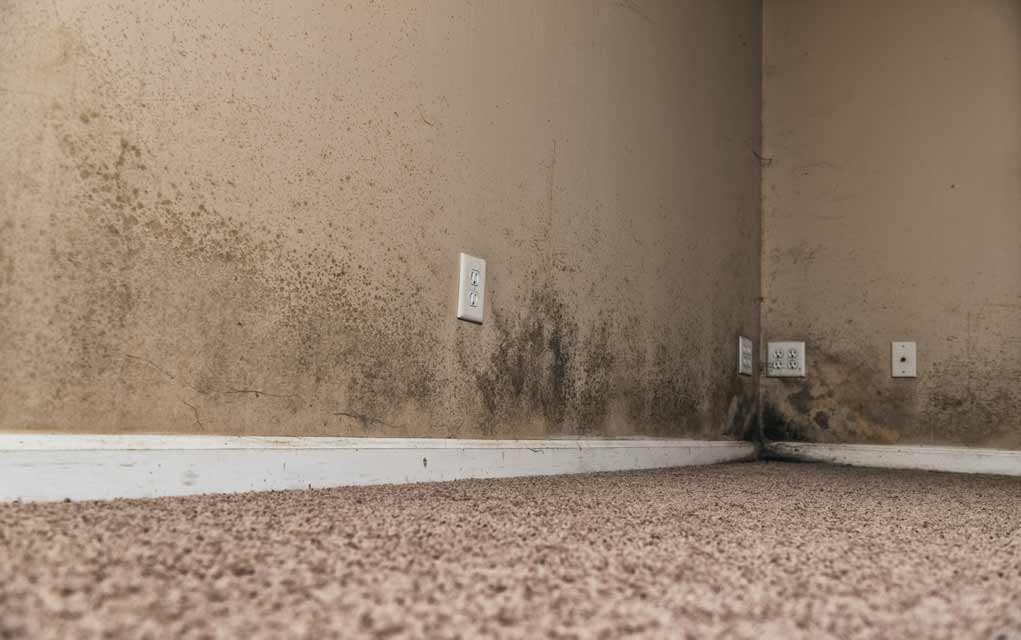Signs You Have Mold in Your Home

(ModernSurvival.org) – Mold is commonly found in buildings, including homes. Growing in damp areas, such as around leaky pipes, windows, and roofing, mold can cause some nasty health issues. So how does one protect themselves and their home from mold? Read on to find out.
What’s the Deal With Black Mold?
The term “black mold” actually refers to a variety of species of mold that are black or green in appearance. When one hears about black mold, it is usually in reference to Stachybotrys chartarum.
There is a commonly held belief that black mold (sometimes called toxic mold) is more dangerous than other forms of mold because it releases mycotoxins. The fear is that these mycotoxins can lead to mycotoxicosis, also known as mold poisoning.
According to the Centers for Disease Control and Prevention (CDC), there is no evidence to suggest that black mold is any more dangerous than other forms of mold, or that breathing mycotoxin leads to mycotoxicosis (which is caused by eating moldy food). That doesn’t mean that mold isn’t dangerous, though.
How Mold Can Affect You
Exposure to mold can lead to some serious health issues in otherwise healthy individuals. Symptoms included:
- Stuffy nose
- Skin irritation/rash
- Eye irritation
- Sore throat
- Coughing
- Wheezing
- Upper respiratory tract issues
For those with asthma, mold exposure made their breathing issues more severe. Other studies have linked mold exposure to the development of asthma in children.
Signs of Mold in the Home
The easiest ways to identify mold in the home are by the musty smell it produces and the appearance of the mold itself. Dark water spots can also be an indication of mold growth.
Mold grows especially well in warm, moist locations and thrives on the nutrients found in a variety of building materials. Paper, cardboard, and wood are all susceptible to mold growth. Even materials such as insulation, drywall, wallpaper, and carpet can fall victim to mold growth.
How to Get Rid of Mold
Controlling moisture in the home is key to preventing mold growth. Repair leaky pipes and windows, and install a dehumidifier in locations prone to high humidity. Quickly cleaning up spilled liquids or the aftermath of flooding is important as well.
Unfortunately, once mold has begun to grow in carpet, wallpaper, insulation, etc., the only effective way to get rid of it is to remove the affected material and replace it. For hard surfaces, such as tile, a mixture of bleach and water should do the trick (one cup of bleach per 1 gallon of water). Be sure to take appropriate precautions when removing mold, such as:
- Open ventilation for fresh air
- Non-porous gloves
- Protective eyewear
For more significant mold issues, professional services may be required to prevent additional health issues associated with mold contamination.
Survival isn’t always about large-scale emergencies and natural disasters. Sometimes, survival can simply be taking preventative actions to keep mold or germs out of the home. For more information on how to keep germs out, check out our article here.
~Here’s to Your Survival!
Copyright 2023, ModernSurvival.org








